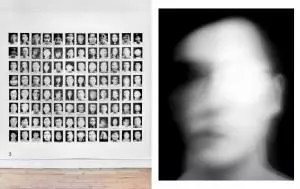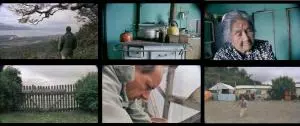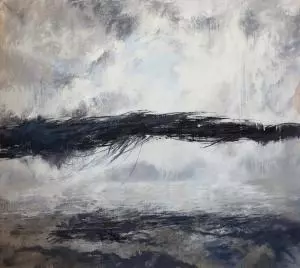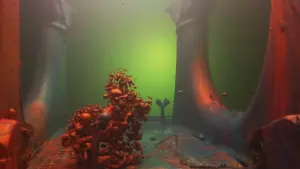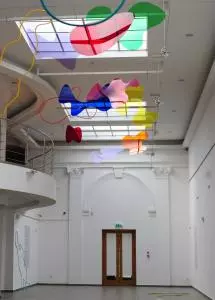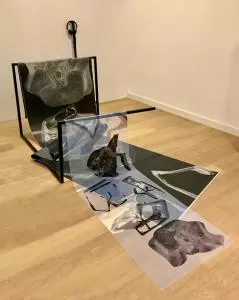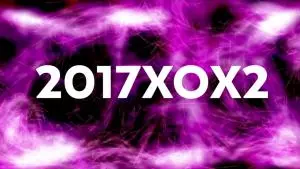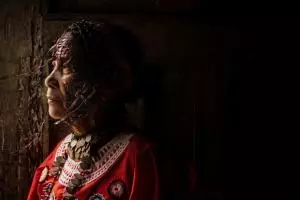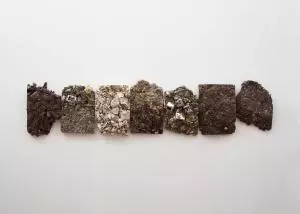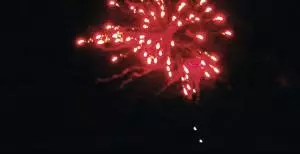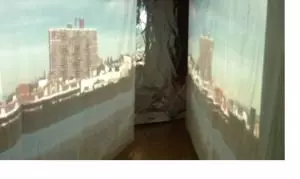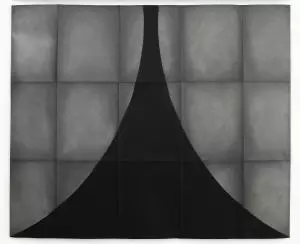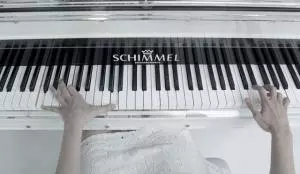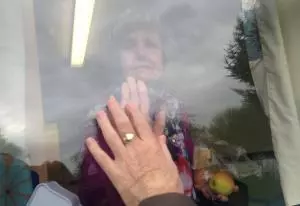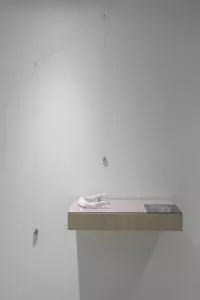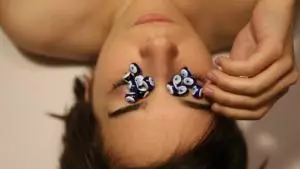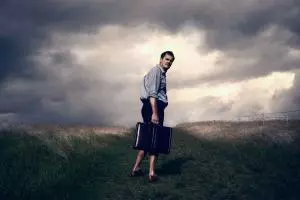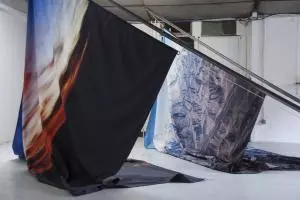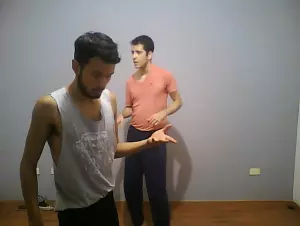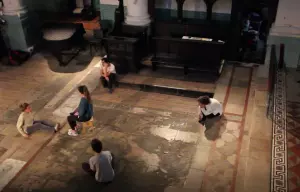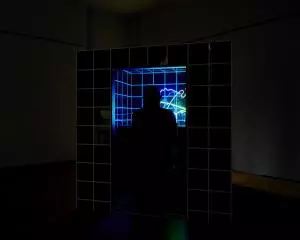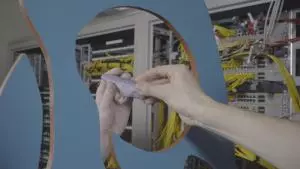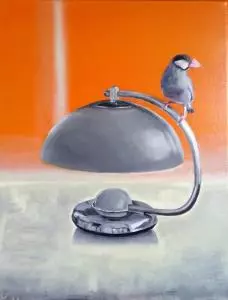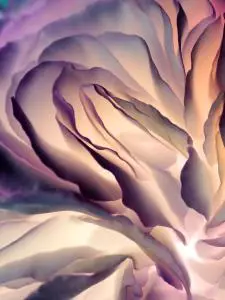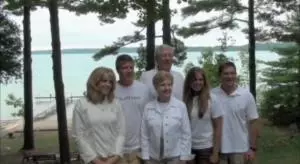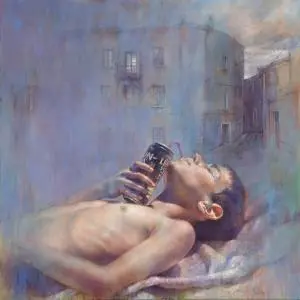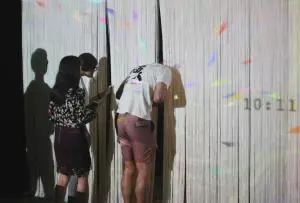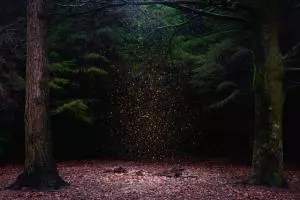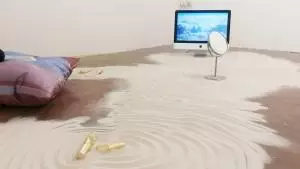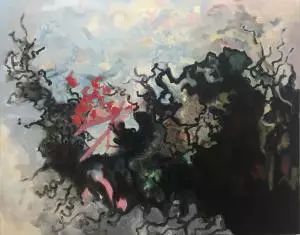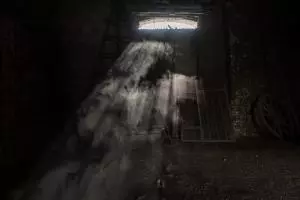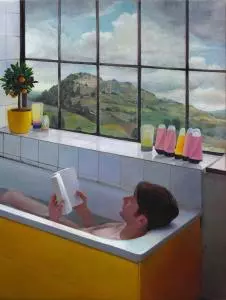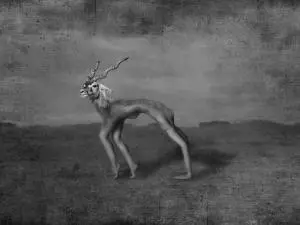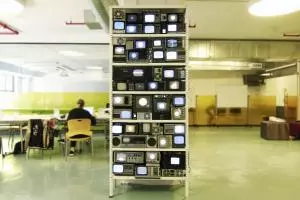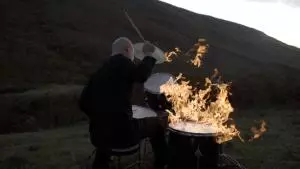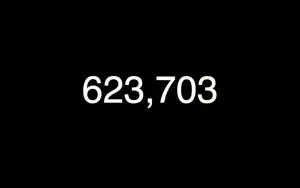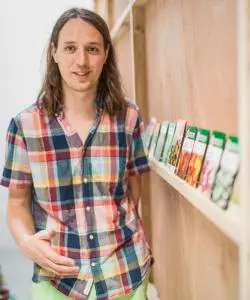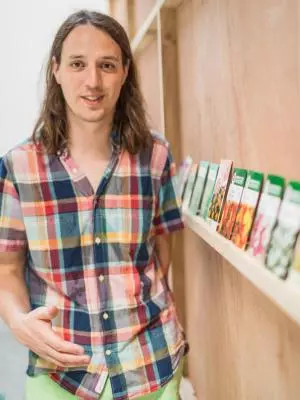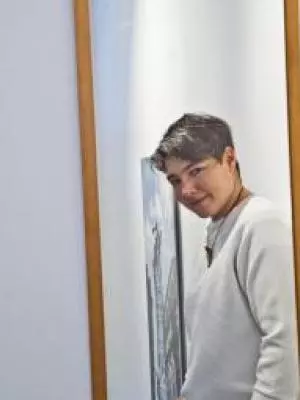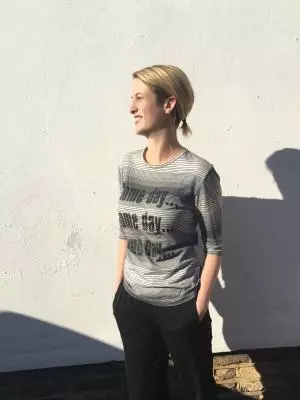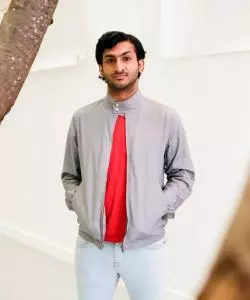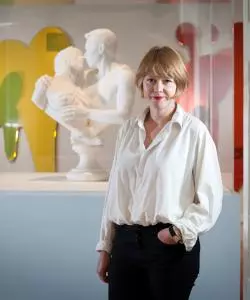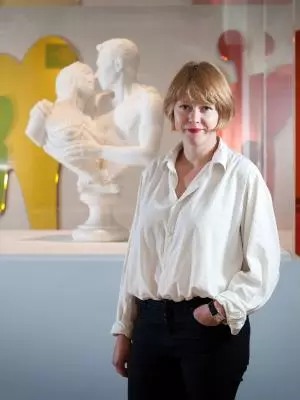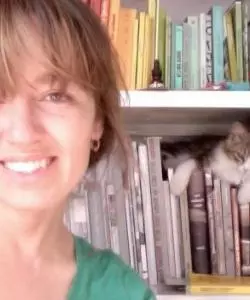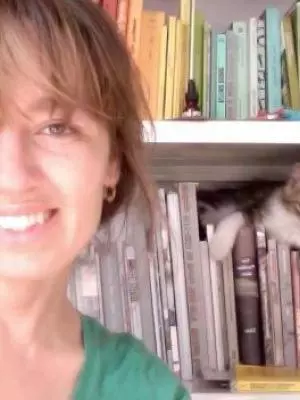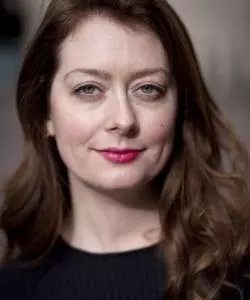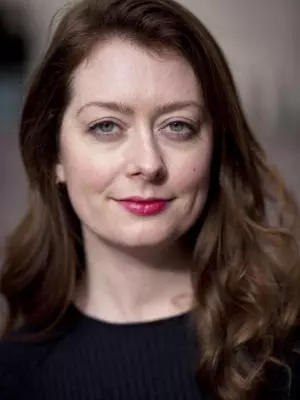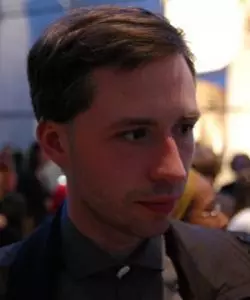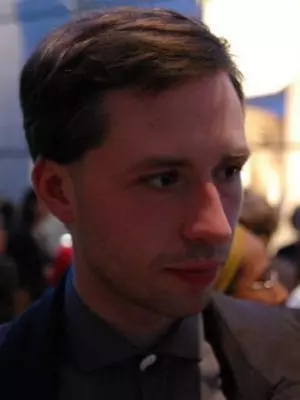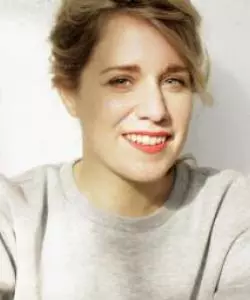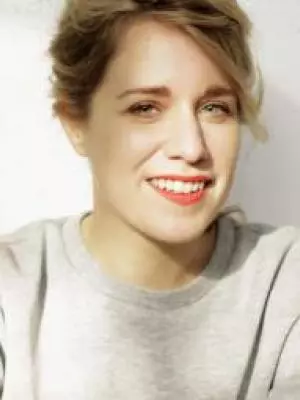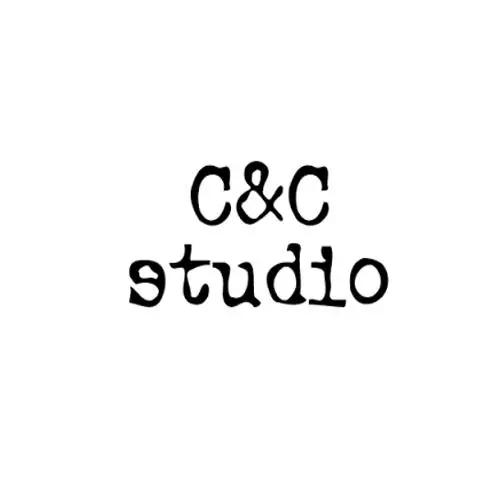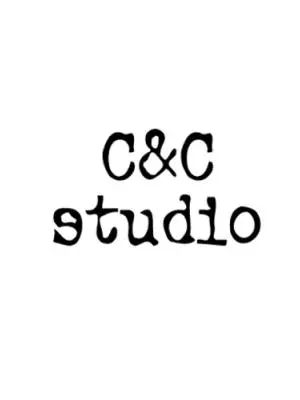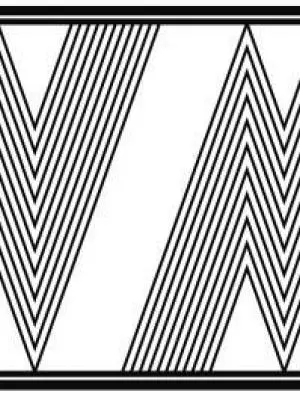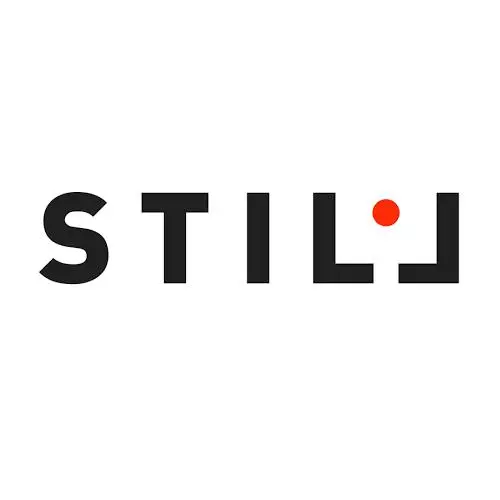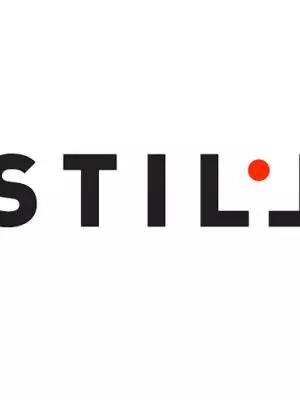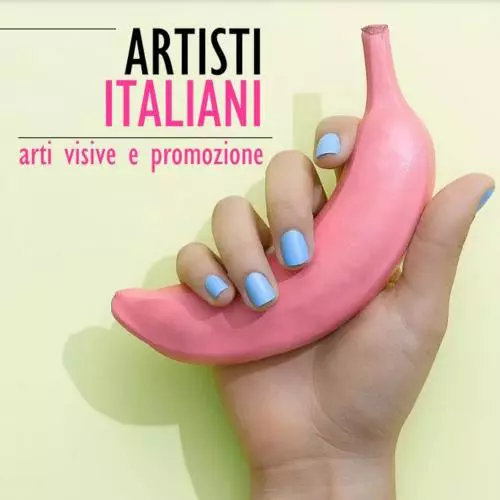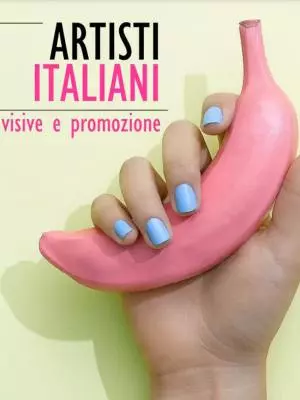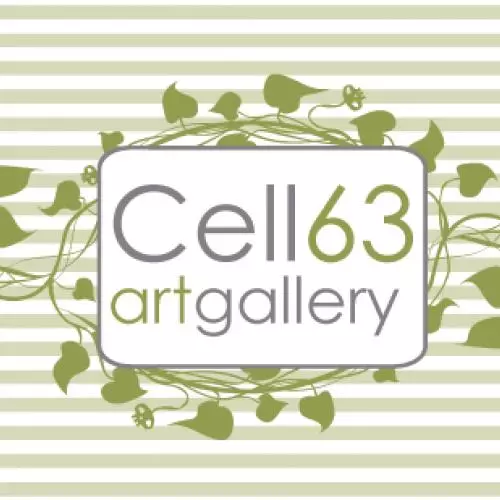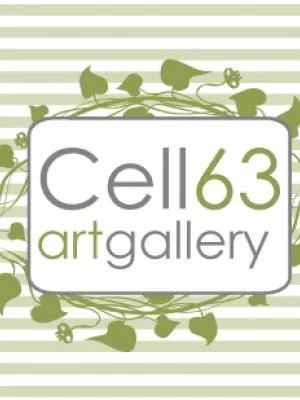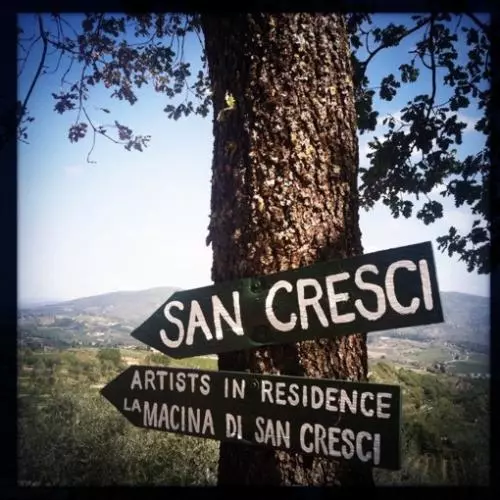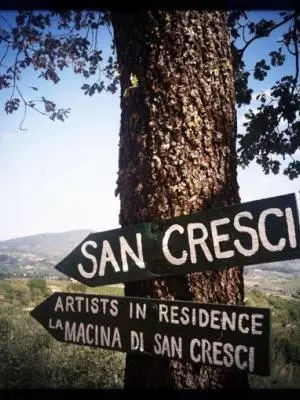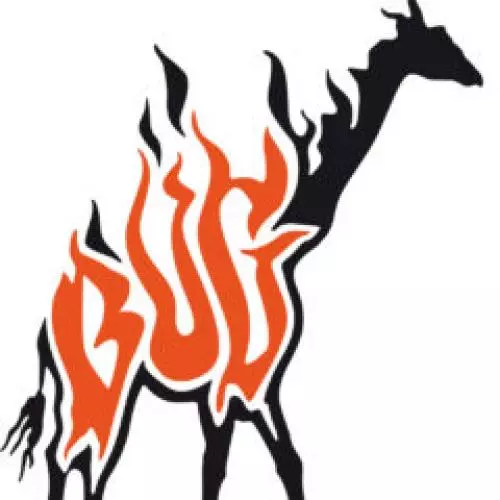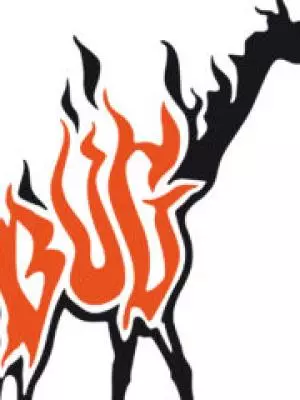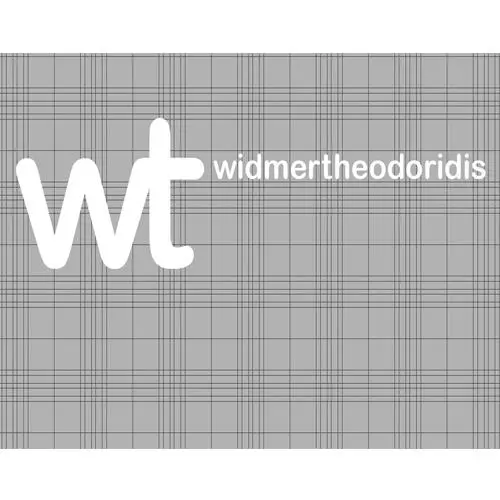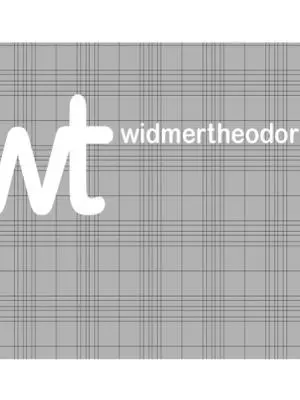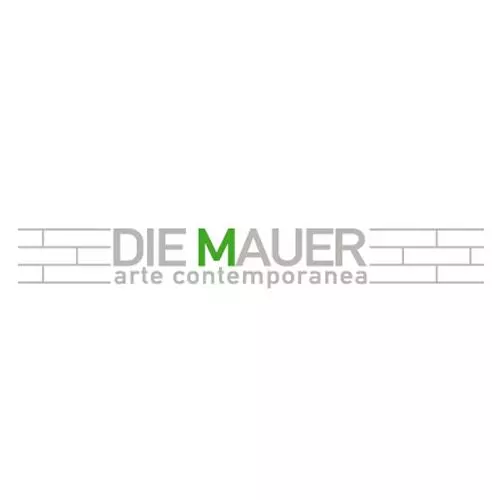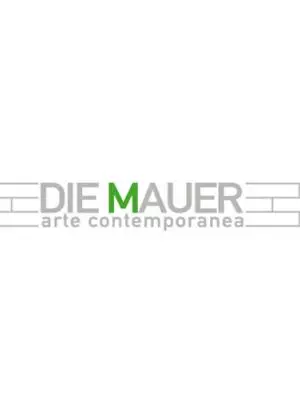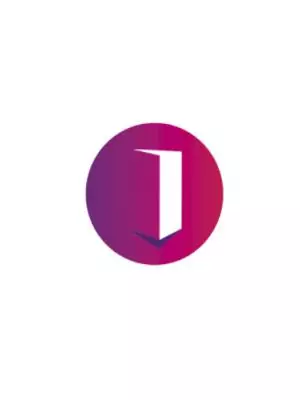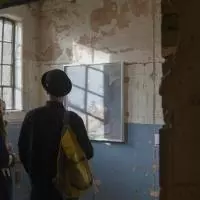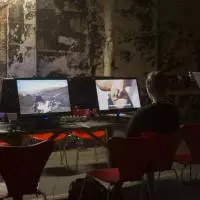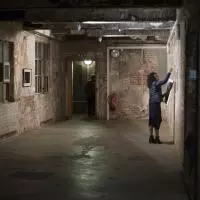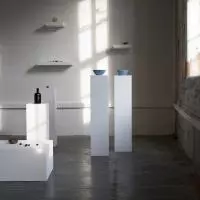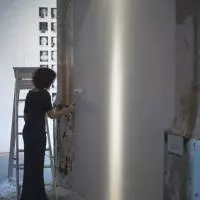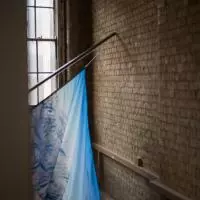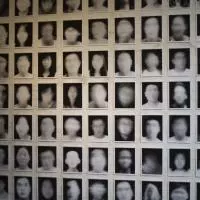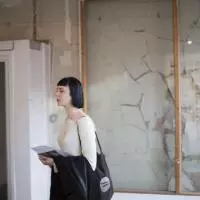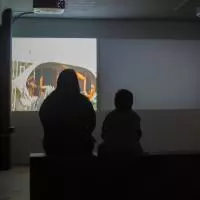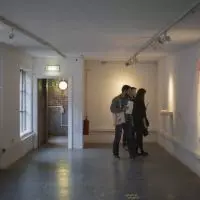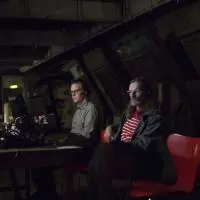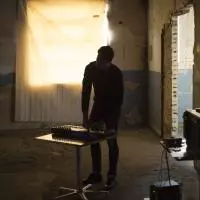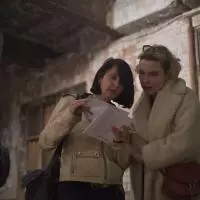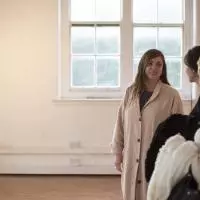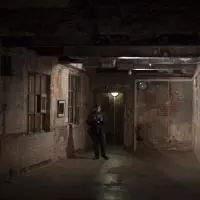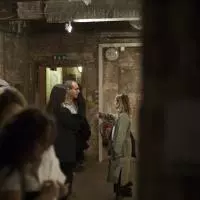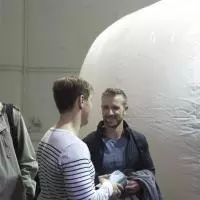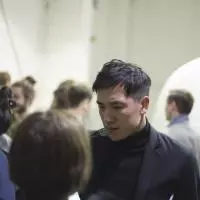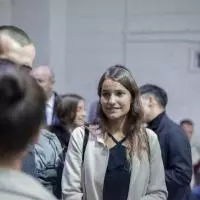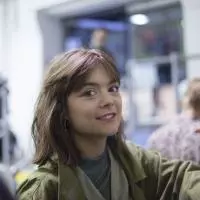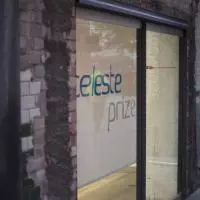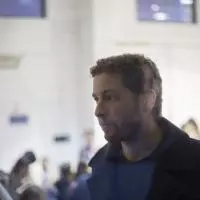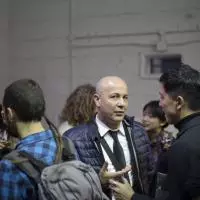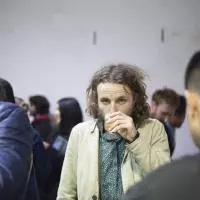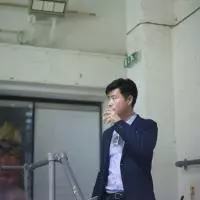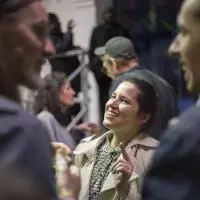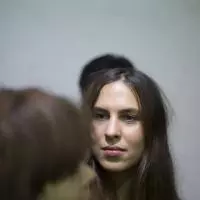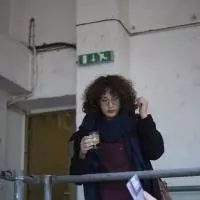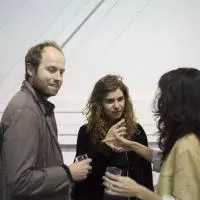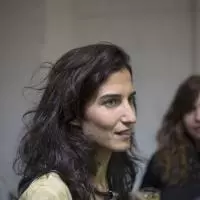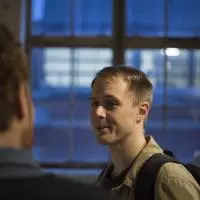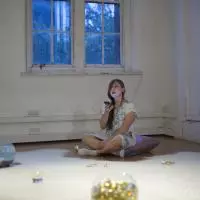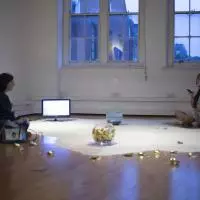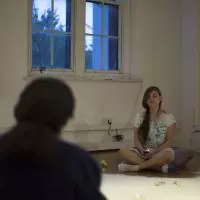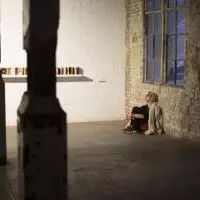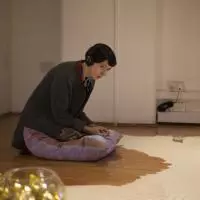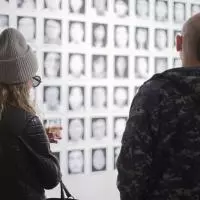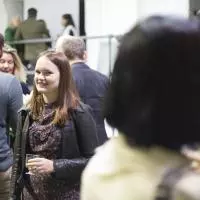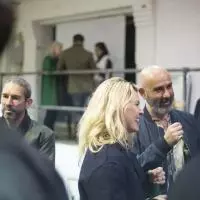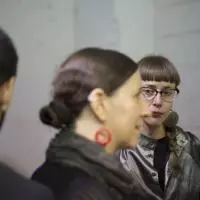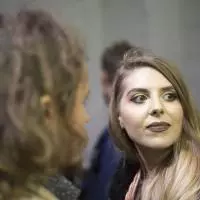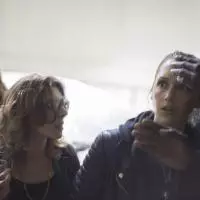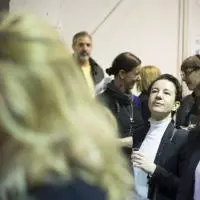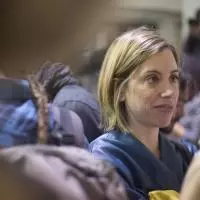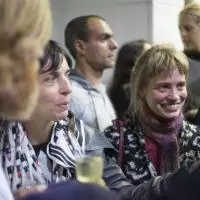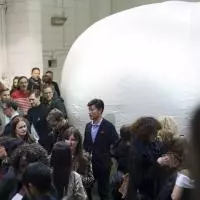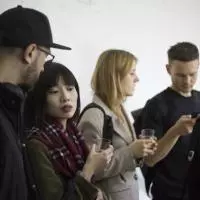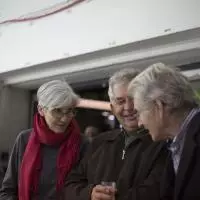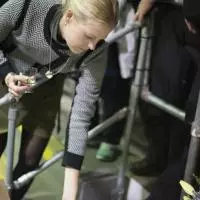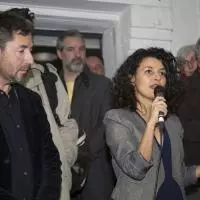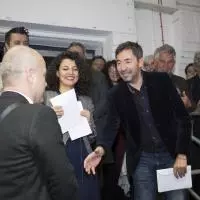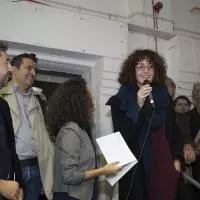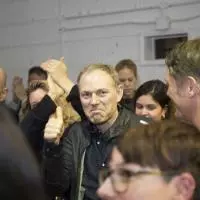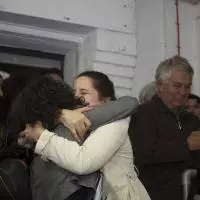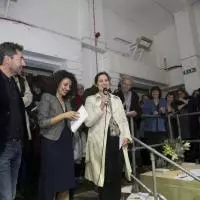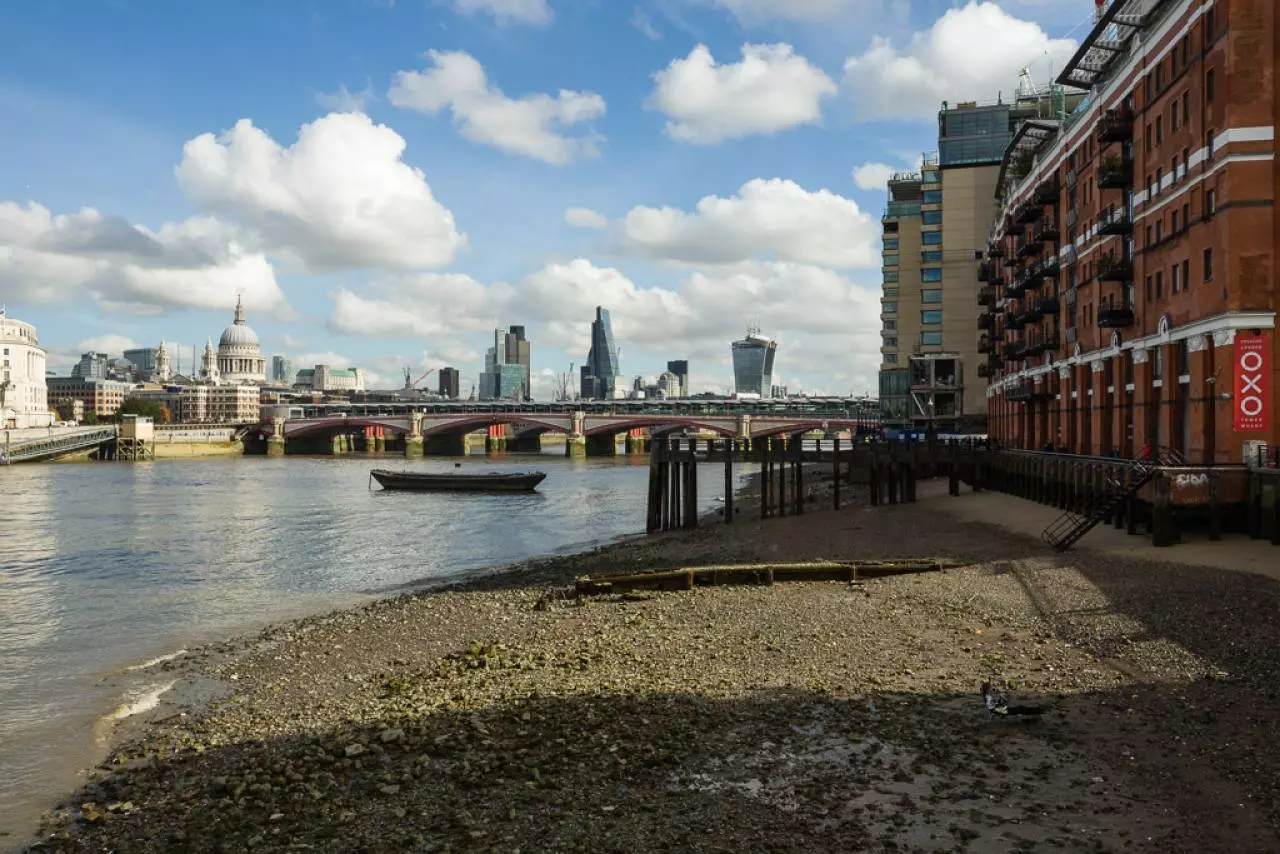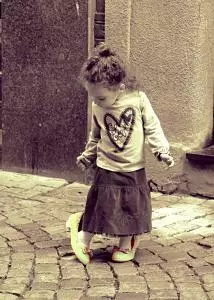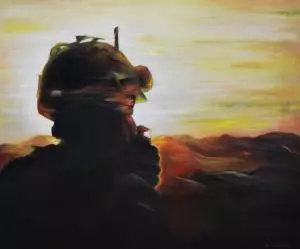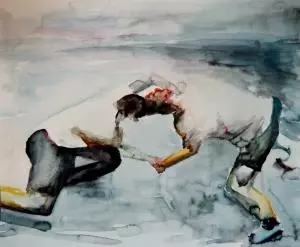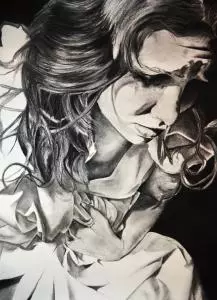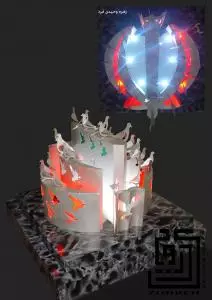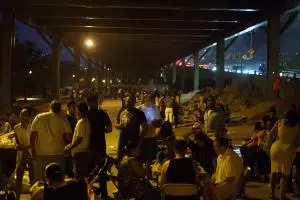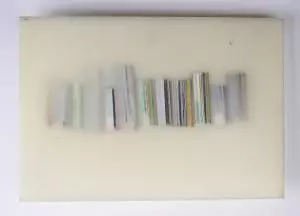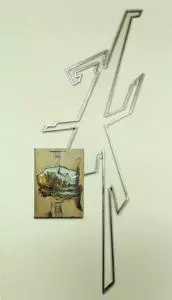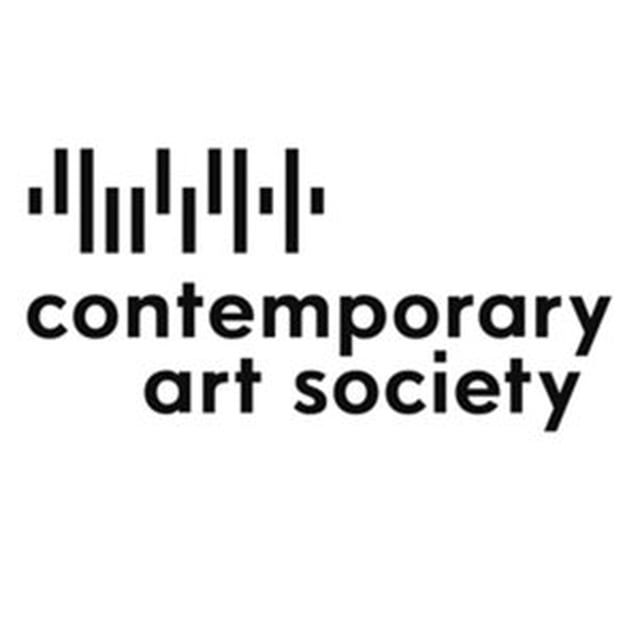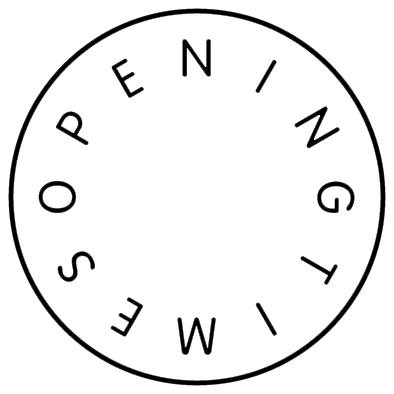TERMS & CONDITIONS, CELESTE PRIZE 2017, 9th EDITIONThese ‘Terms & Conditions’ were published on
15th March 2017The deadline to join is
30th June 18th July 2017Enter artwork from your personal page in Celeste Network: sign-up or loginto your account, at the centre of your admin homepage find the box 'Join the prize', click on 'Enter a work', then follow the steps to pay entry fee, begin to upload, then publish.
Art. 1 – AIMThe prize has been established to promote international contemporary art in the widest possible sense. There will be a final exhibition of 50 works and 3 projects, a catalogue of circa 80 pages which will contain illustrations of finalists' works and critical texts, as well as 6 prizes totalling 23,000 € in cash. Awards night and exhibition of finalist works at The Bargehouse, OXO Tower, London, 6-8 October 2017.
Art. 2 - ELIGIBILITYThe competition is open to any person practicing art, either as a full-time or part-time professional or student, or as a self-taught artist from anywhere in the world. There is no age limit for applicants and the prize is open to all artists whatever their qualifications, with or without experience of public or private exhibitions. The prize encourages participation by artists at every level.
Art. 3 – PRIZESExcellence in content, contemporary aesthetic, technique, and material is sought in the selection of works for the final exhibition. There is no special subject, title or theme required for participating works. They can range from being figurative to abstract, from conceptual to participatory to performance. Works submitted to the prize can have been exhibited before or not.
23,000 € cash prizesA two-stage selection process guarantees openess, clarity and legitimacy to selections and awards by the jury and finalist artists.
- First phase, the jury publishes its choice of finalist works.
- Second phase, the finalist artists themselves vote the awards at the final exhibition.
PROJECT PRIZE, 4,000 €*Artists are encouraged to present works which investigate relevant social, political, economic or personal themes today. Projects can include up to 10 works in a mixture of media such as installation alongside video and photography, or in any one media, for example a photographic series or a series of paintings. Each project must consider a maximum exhibition area of 6x6metres and the use of 6 linear-metre wall space. 3 Projects will be selected for the final exhibition by the chief-juror of the prize, Fatos Üstek.
PAINTING & DRAWINGS PRIZE, 4,000 €*Media accepted: oil, acrylic, vinyl, watercolor, graphite, pencil, ink, illustrations, printing in its various forms, etc. The work can have any form of support: canvas, paper, cardboard, wood, plastic, metal, glass, etc. Diptychs or triptychs are considered one work. There is no limit to the size of works accepted. 10 Works will be selected for the final exhibition by the ‘Painting & Drawing’ jury.
PHOTOGRAPHY & DIGITAL GRAPHICS PRIZE, 4,000 €*Media accepted: digital or analogue photography; computer graphic modeling; net/web art and software art presented in a 2D format; works in which several media are used, for example digital manipulations which include the use of painting or other forms of manual expression, collages, polaroids, mobile phone photographs, etc. Diptychs or triptychs are considered one work. There is no limit to the size of works accepted. 10 Works will be selected for the final exhibition by the ‘Photography & Digital Graphics’ jury.
VIDEO & ANIMATION PRIZE, 4,000 €*Media accepted for the video and animation: video, short film, time lapse, stop motion, any kind of animation 2d and 3d, any kind of combination between video, film and photography in motion (see video Art. 5. (B), for video formats). 10 Works will be selected for the final exhibition by the ‘Video & Animation’ jury.
INSTALLATION, SCULPTURE & PERFORMANCE PRIZE, 4,000 €*Installation works of any nature in any material, video installation, multimedia or multidisciplinary installation; sculpture – all materials are accepted (organic or inorganic); net/web art and software art presented in a 3D format with or without web streaming; works with an interactive basis and/or connection to electricity, motorization, light, sound art or video installation. Any kind of human or interactive performance, which may or may not include the use of any form of software and hardware. Live Media audiovisual performances can either be projected on screens or presented as a live audiovisual performance, sound art and all forms of participatory art. There is no limit to the size of works accepted. For finalist works, it might be necessary to adapt them to site-specific necessities. 10 Works will be selected for the final exhibition by the ‘Installation, Sculpture & Performance’ jury.
SUPER-YOUNG PRIZE, 3,000 €*Super-Young prize promotes artwork by artists under 26 years old. Entrants can be students or not, from art school, secondary school, university, academy or art courses, or be artists working outside education. Works can be submitted in any media such as painting, photography, drawing, installation, sculpture, video, performance or any other artistic crossover or derivative. 10 Works will be selected for the final exhibition by the chief-juror, Fatos Üstek. Entry to the final exhibition will be subject to verification by Celeste staff who will be requesting documentary proof of age (only artists under 26 years old on the date 15 March 2017 - date of publication of these Terms & Conditions - can apply) to confirm admission to the final in London.
*Celeste Prize has by Italian Law to hand over to the Italian state 25% of finalists’ prize money for tax purposes. This sum will be withheld by the Organizer from each first prize winner.
Art. 4 – SELECTIONS & WINNERSIn order to guarantee accountability and the highest possibile degree of professionalism during the selection process of finalist works, the jury has been divided into specialist panels, in which curators with a track record in a particular media make selections.
Fatos Üstek is chief-juror of Celeste Prize 2017, 9th editionThe specialist panels within the
Jury:Project PrizeFatos Üstek, independent curator, Art Night London
Painting & Drawing PrizeÖvül Ö. Durmusoglu, independent curator
Ilaria Puri Purini, Contemporary Art Society
Fatos Üstek, independent curator, Art Night London
Emiliano Valdés, Museum of Modern Art Medellin
Photography & Digital Graphics PrizeRozsa Zita Farkas, Arcadia Missa
Attilia Fattori Franchini, independent curator
Fatos Üstek, independent curator, Art Night London
Ben Vickers, Serpentine Gallery
Video & Animation PrizeGeorge Clark, independent curator and film maker
Anna Gritz, Kunst Werke Berlin
Filipa Ramos, Art Agenda, Vdrome
Fatos Üstek, independent curator, Art Night London
Installation, Sculpture & Performance PrizeHarriet Loffler, Norwich Castle Museum
Nav Haq, Muhka
Louise O'Kelly, BlockUniverse
Fatos Üstek, independent curator, Art Night London
Super-Young Prize Fatos Üstek, independent curator, Art Night London
SELECTION OF FINALIST WORKSEach selector, in his or her prize category, chooses and publishes online 10 works for the finalist shortlist. The 10 works which receive a majority of preferences in each prize category will go through to the final exhibition. There will be 10 finalist works in each prize category, except in the Project Prize category in which there will be 3 projects, chosen by the chief-juror Fatos Üstek. In the event of there being an equal number of preferences for works in any prize category Fatos Üstek will decide which works will go forward into the final exhibition. If more than one work by the same artist is chosen as finalist by the selection panel, Fatos Üstek will decide if both or just one will go to the final exhibition. Selections will be announced online by end-August.
WINNERS & PRIZE VOTINGOnly works present at the final exhibition can be voted for prizes. Each finalist will exercise one vote of preference in each of the 6 prize categories (Projects; Painting & Drawing; Photography & Digital Graphics; Video & Animation; Installation, Sculpture & Performance: Super-Young). The voting will be confidential. No one may vote for themselves or in agreement with other finalists, to do so will result in disqualification. Voting slips will be named and checked by Celeste. Winners will be those artists who receive the highest number of preferences in their prize category. In the event of a tie during voting in any prize section, Fatos Üstek will decide which artist shall be the winner. Finalists unable to be present at the voting will be able to cast their vote in advance via email. At the final event each juror is invited to nominate his or her preferred finalist artwork, the artists involved will receive the honorary mention but not a cash prize.
OWNERSHIP OF WORKSAll finalists' works, including those by prize winners, will remain after the awards ceremony and exhibition, property of the artists or of their legitimate owners.
Art. 5 – ENTRIES & DEADLINEEntry deadline is
30th June 18th July 2017, midnight Italian time. This deadline hour and date is the last moment in which entry fees can be paid. Participants will have a further 7 days in which to upload their works and complete submissions.
There are two ways of submitting a work:
It's EASIER and more ECONOMIC to submit directly online.
(A) DIRECT UPLOAD ON WEBSITESubmit your artwork or project via your personal account in Celeste.
Steps to submit: login or sign-up, at the centre of your admin homepage find the box 'Join the prize', then click on the button 'Enter a work', follow the steps for payment, then upload the image and text of your candidate work, then publish by pressing the 'Confirm' button. If you cannot finish in one go, you can save and return later to finish uploads.
30 €* for each work in ‘Super-Young Prize’, for under-26 year olds (25 € for each additional work).
50 €* for each work (40 € for each additional work).
90 €* to enter the ‘Projects Prize’ which includes up to 10 works (70 € for additional projects).
*Become a 2017 Premium member for a 10% discount -
read full detailsTo submit: sign-up or login to your personal admin page in Celeste, click on ‘Enter a work’ in the 'Join the Prize' box, follow the steps to pay your entry fee, and immediately begin to upload your artwork, description and statement.
(B) BY POST/ MAILEntry fee: 50 € for ‘Super-Young Prize’ or 80 € for each work. 120 € to enter the ‘Projects Prize’ which includes upload by Celeste staff of upto 10 works on a specific project.
Entry fees are not refundable.
Send to: Celeste Network, Via Sangallo 23, 53036 Poggibonsi (Siena), Italy.
Include the following:
1. A complete and signed copy of the Application Form (see below and print).
2. On CD/DVD (or as positive photographs and text): Curriculum Vitae or a short biography, preferably written in English, but other languages are also accepted; An image file of the work you wish to submit, including title and description.
Image specifications for all works (except videos):Images can be uploaded onsite in JPG or PNG; we advise at least 2,500 pixels on the longest side, sufficient for reproduction in the prize catalogue if selected. It is possible to approve, or not, visualisation onsite of the image in high resolution.
If you are applying by mail, send images of your works on a CD in JPG or PNG format. We advise a document size of 21x29 cm at 300 dpi. Or send a photograph in positive format, minimum size 15x10cm, maximum 21x29cm (A4). Please indicate on the reverse of all photographs: name and surname, address, title of work, medium, dimensions (width x height) and year of execution.
Image specifications for videos, motion graphics, animation, and live media:To submit your video to the prize, upload it first in your free account in Vimeo, https://vimeo.com Then join the prize from your account in Celeste and copy the video's Vimeo weblink into the submission form in Celeste Prize. In this first, pre-selection stage of the prize your video should not exceed 500 MB. The original version will be requested if you are selected for the final exhibition. You will also need to prepare and upload a still image taken from your video.
Entry fees are not refundable.
Art. 6 - METHODS OF PAYMENT(a) Online with credit card or via Paypal Login, enter your personal admin area and click on the box ‘Join the prize’, pay with credit card or use an account in PayPal, then begin to upload your artwork.
(b) Electronic bank transferAccount name: Celeste Network
Bank name: Banco Posta
Branch: Poggibonsi (Siena), Italy.
IBAN: IT74 W076 0114 2000 0000 5409 079
Bic/Swift: BPPIITRRXXX
Send your entry fee in € Euro currency only, net, without transfer fees or commissions payable by Celeste on receipt. For bank transfers sent from outside Europe you must ADD 10 € Euro to the entry fee.
Please state the following details if you make a bank transfer:
1. Participating artist’s full first and family names, email address.
2. Celeste Prize 2017 entry.
Entries paid via bank transfer will be activated as soon as the credit is received, usually after 2 days. For valid entries, payments no later than the deadline date.
(c) Western UnionSend to: Name: Steven; Surname: Music; Address: San Gimignano (Siena); Country: Italy.
Ensure that we receive your entire, entry fee amount in Euro €, net of any transfer charges. If we have to pay transfer charges your application process will be halted. Please include in the description which accompanies your payment the following: ‘Entry fee payment for Celeste Prize 2017 include artist’s name, surname and country from where the money is being sent’. Then, send confirmation email to [email protected] with the transaction code. As soon as we receive your entry fee we shall activate in your account in Celeste the possibility to upload your prize work.
Art. 7 – TIMETABLE FOR SELECTIONS & EXHIBITION
- 30th June 18th July - last day to join Celeste Prize 2017.
- 1st September 4th September - expected publication of the jury’s choices for the 53 finalist works and projects.
- 6-8th October - awards night and final exhibition at Bargehouse, OXO Tower, London, UK.
Art. 8 – TRANSPORT & TRAVELOnly the actual work (in its original size, medium and content, as described at the moment of submission online to the prize) can be brought to the final exhibition and be voted for prizes. In some exceptional cases, for example very large or complex installations, a reduced format of the work can be brought to the final for exhibition in agreement with the Organizer. Each finalist will arrange and cover transport and insurance costs of his or her work to and from the final exhibition location, as well as any personal travel arrangements. Installation and hanging of works for the exhibition will be decided by the chief-curator and the Organizer. All construction and production costs, as well as costs for particular supports to the installed work such as extra lighting, stands, or wiring to complete set-up, will be covered by the artists themselves.
Art. 9 – CATALOGUEA copy of the 80 page catalogue with illustrations of the finalists' works, presentation of artists work and critical texts written by members of the jury, will be available free to finalists and everyone who will be present at the final exhibition in London.
Art. 10 – ACCEPTANCES AND COPYRIGHT(A) By ticking online Celeste Prize’s ‘Terms & Conditions’ or signing the ‘Application Form’ (the latter if prize submissions are made by post), artists accept and are responsible for all that these 2017 ‘Terms & Conditions’ and Celeste Network’s website ‘Terms of Use’ contain and declare.
(B) All works appearing onsite and in print remain copyright and property of the artists who created them or the works’ legal owners. But artists expressly allow Celeste Network to use the images of works they upload in Celeste Prize for communication and promotion purposes only, to create the prize catalogue, to use in online pages in Celeste Network or other promotional material associated with the prize inside or outside Celeste's websites.
(C) CDs, DVDs, CVs and any texts or catalogues submitted for the prize will not be returned, but archived by the Organizer.
(D) Those persons who upload text, images, or videos onto the prize website, and/or those persons who upload on behalf of participating artists, are personally responsible for the texts and for the visual content of the uploaded images. The Organizer reserves the right to remove any defamatory images or texts, he considers defamatory, unless these are motivated in writing by the artist. Artworks uploaded and presented to ‘Celeste Prize 2017’ and personal webpage relating to the artist will remain visible online and in use as described in (B) above, as part of the complete visual documentation of each prize submission and cannot be removed.
(E) Applicants to the prize authorize the Organizer Steven Music, Celeste Network and all those persons charged with working for them to handle personal data and images of creative work submitted to Celeste Prize, according to Italian Law - Legge 675/96 (the so-called ‘Privacy Law’) and successive amendments to it, D.lgs 196/2003 (Codice Privacy), for the purposes of insertion of information in databases and website. Any controversies will be argued and settled in the Italian legal forum. Personal data, images of creative work, or films and videos taken by the Organizer during the course of any event organized by Celeste Network, might be used by the Organizer to promote artists, other contemporary art events, web promotion, communications, and marketing without necessarily seeking another written consent from third parties.
(F) The Organizer retains the right to change the Terms & Conditions should the need arise.
Celeste Prize 2017, 9th editionis organized by Celeste Network,
Via Sangallo 23,
53036 Poggibonsi (Siena), Italy.
Tel / Fax: +39 0577 1521988
Email Prize Presentation PageAPPLICATION FORM FOR POSTAL ENTRIES ONLY - Celeste Prize 2017, 9th editionIf you wish to enter the prize by post complete and sign the Application Form and send it with all materials requested in Art.5 (B) of the 2017 Terms & Conditions.
1. I wish to apply to Celeste Prize 2017Name and Family name/Surname_________________________
Male/female__________________________________________
Postal address________________________________________
Place & date of birth (city & nation)_____________________
Place of work/study (city & nation)_______________________
Email and website_____________________________________
Telephone number/cell._________________________________
2. With the following artworkTitle________________________________________________
Measurement (width x height x depth in cm)________________
Medium_____________________________________________
Support_____________________________________________
Year of execution______________________________________
If the work is a video, name author of musical credits_________
3. I wish to enter the following prize category(ies)(make a cross beside) :
Projects Prize
Painting & Drawing Prize
Photography & Digital Graphics Prize
Video & Animation Prize
Installation, Sculpture & Performance Prize
Super-Young Prize
4. I have attached the following documentation listed in Art. 5 (B) of Terms & ConditionsSigned and completed Application Form, photographic or video materials, CV, receipt confirming payment of 80 € entry fee in which the Organizer uploads my candidate work, or 120 € to enter the Projects Prize.
5. Acceptances1) I accept selections made by the members of the Jury.
2) I accept the decision to award prizes to artists who receive a majority of preferences from other finalists.
3) I accept the selections made for catalogue illustration.
4) I have read and I accept the ‘Terms & Conditions of 2017 Celeste Prize’.
Signed_________________________________
Date___________________________________
Send Postal Applications to‘Celeste Prize 2017’,
Celeste Network, Via Sangallo 23, 53036 Poggibonsi (Siena), Italy.
Tel & Fax: +39 0577 1521988
Email Prize Presentation Page
 Share / Save
Share / Save

